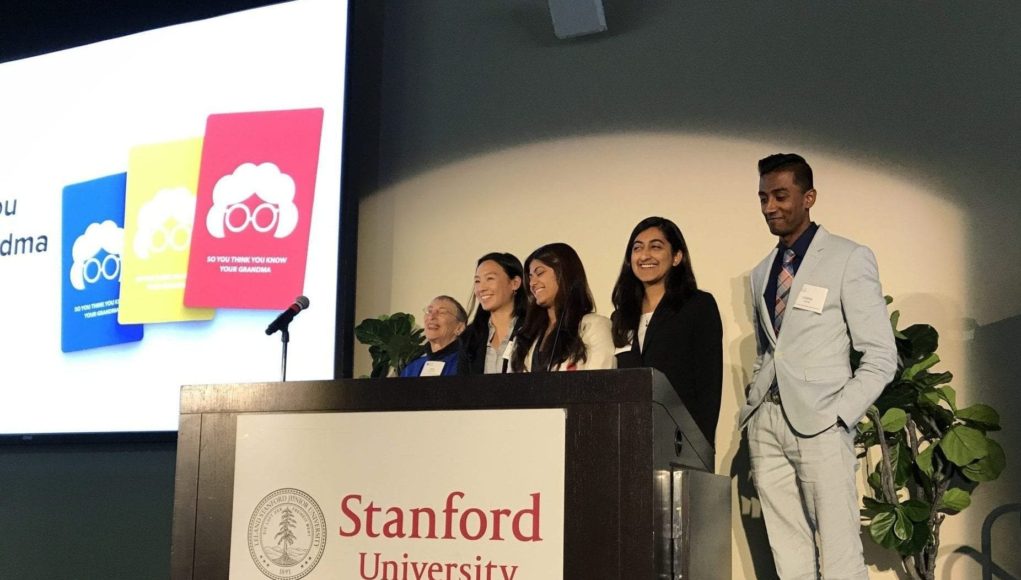Deadline: December 10, 2020 00:00 CET| Apply here
[Oops, the opportunity has already expired. Sign up to AlphaGamma weekly newsletters to stay ahead of the game]
Eligibility: All university students around the world
Stanford Longevity Design Challenge 2021
The Stanford Center on Longevity Design Challenge offers cash prizes and free entrepreneur mentorship in a competition open to all university students around the world.
The Challenge is a global competition that encourages students to design products and services to improve well-being across the lifespan.
$17,000 in cash prizes will be awarded, and finalists will receive paid travel to Stanford, where they will present their designs to renowned industry, academic, and government leaders.
After the pandemic: designing the next version of our world
In its eighth year, the Challenge is focused on ideas inspired by the cultural shift that has occurred during the COVID-19 pandemic that supports long, healthy, and happy lives for everyone.
Challenge goals
- Create well-designed, practical solutions that improve well-being across the lifespan
- Encourage a new generation of students to become knowledgeable about issues associated with long lives
- Provide promising designers with a path to drive change in the world
The COVID-19 pandemic is bringing into sharper focus the cultural norms that guide us through life and is providing insights about what a new future might look like.
The suddenness of this transformation is allowing us to examine daily practices, social norms, and institutions from perspectives that are rarely possible.
For a short window of time, before new routines and practices replace familiar old ones, we will see with greater clarity how our lives might be improved, how current shifts could become enduring changes, what new norms might emerge, and how a new future might look.
This year, students are challenged to design solutions for this new post-pandemic future, keeping in mind both how these solutions affect people throughout the life span, and how they can be designed in ways that are accessible to all. They should take into account what we are learning during the pandemic and how it is changing our lives.
What kinds of designs are included?
Solutions for remote or virtual access will be included in the scope of the challenge, but participants are encouraged to think more broadly.
These products, programs, or services can be for work, school, healthcare, fitness, personal relationships, or any other aspect of life. Here are a few examples of questions raised by the pandemic that could be addressed:
- If remote work is to become more common, are there ways in which we can re-invigorate local community connections as people spend more time at home?
- How can more people of any age access quality education from anywhere?
- How can healthcare be administered equitably with limited resources?
- What are the best ways for different generations to connect when they live apart?
- How can we maintain our health and fitness without going to the gym?
- What have we learned from our change in activity about how we can reduce our impact on the environment, and how can we apply those lessons going forward?
Interested in attending the Stanford Longevity Design Challenge 2021? Register your participation by following the registration link and taking the suggested steps.
For more exciting opportunities, subscribe to our weekly newsletter and follow us on Twitter, Facebook, Instagram and LinkedIn.






